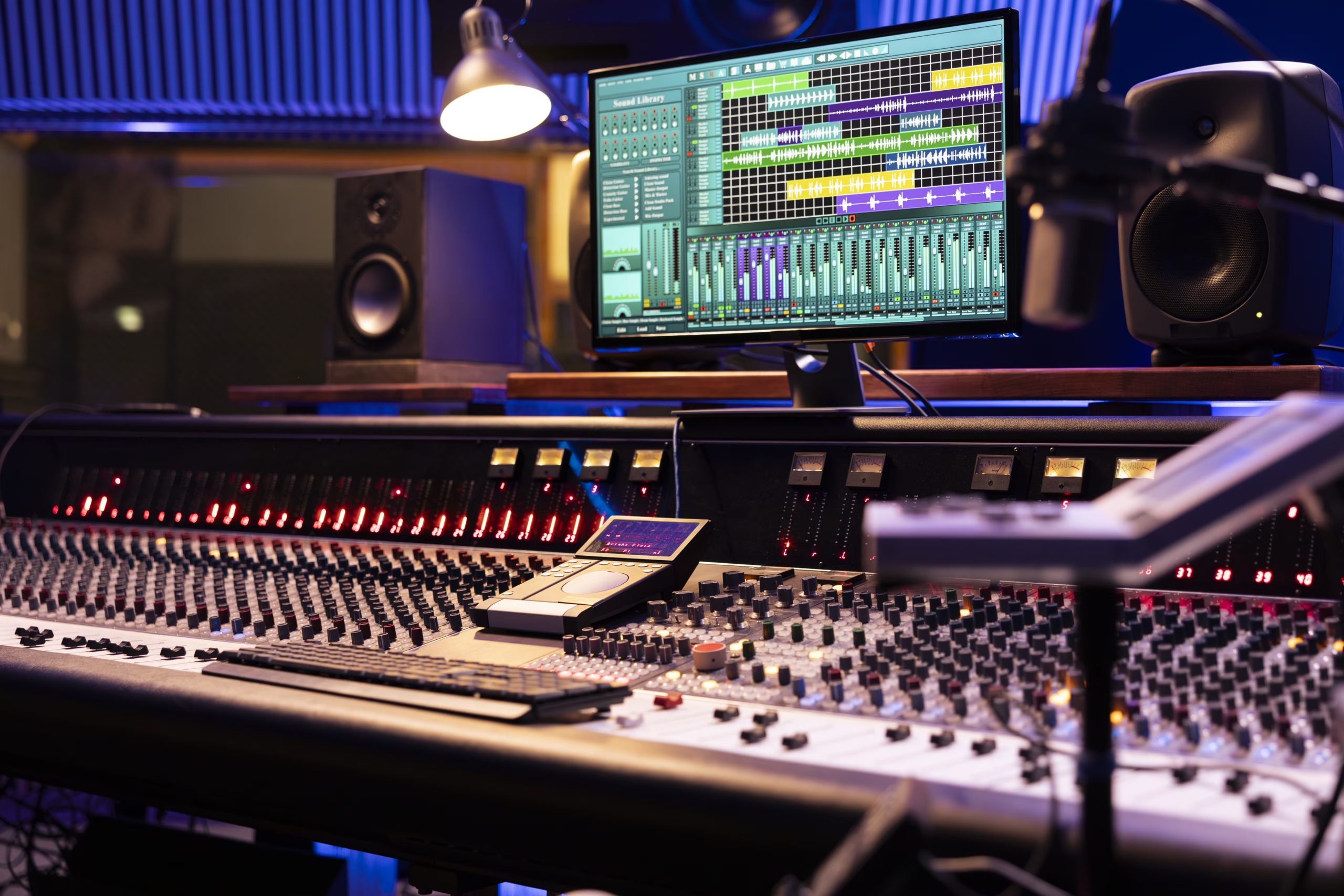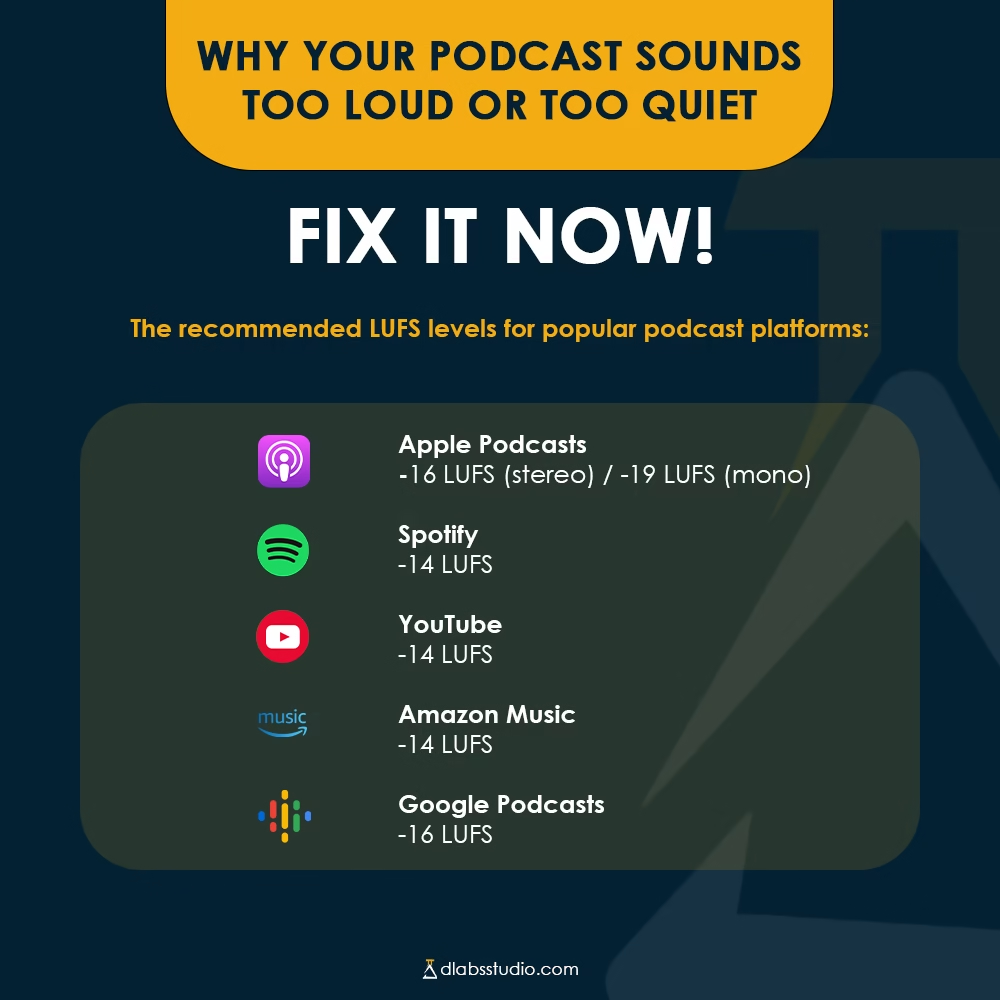Top Audio Editing Tools and Techniques to Improve Your Podcast Sound Quality

Podcasting has surged in popularity, and with that growth comes the need for high-quality audio. Listeners are more discerning than ever, so having clear, engaging sound can make a significant difference in retaining your audience. This guide explores the top audio editing tools and techniques to enhance your podcast’s sound quality, ensuring your content stands out.
1. Essential Audio Editing Tools
- Audacity
- Audacity is a free, open-source audio editing software favored by podcasters for its versatility. It supports various file formats and offers essential tools for noise reduction, compression, and equalization. Its user-friendly interface makes it ideal for beginners.
- Adobe Audition
- Adobe Audition is a professional-grade DAW (Digital Audio Workstation) with advanced features for precise audio editing. Its multitrack editing capabilities allow seamless management of multiple audio sources. Features like the “Essential Sound” panel help improve dialogue clarity and background music levels.
- Reaper
- Reaper is a cost-effective, fully-featured DAW favored by professionals. It offers extensive customization options, allowing users to tailor the interface and workflow to their needs. Its powerful scripting capabilities enable users to automate repetitive tasks, enhancing efficiency.
- GarageBand
- For Mac users, GarageBand is a free, user-friendly option with various editing tools. It includes built-in loops and sound effects, making it easy to enhance podcast audio. GarageBand is excellent for beginners looking for a simple yet powerful audio editing solution.
- Hindenburg Journalist
- Hindenburg Journalist is designed specifically for podcasters and radio producers. Its automatic leveling feature ensures consistent audio levels, while the user-friendly interface simplifies the editing process. The integrated voice profiler helps optimize spoken audio quality.
2. Key Audio Editing Techniques
- Noise Reduction
- Background noise can detract from the listening experience. Most editing software includes noise reduction tools. For instance, in Audacity, you can sample a noise profile and apply the “Noise Reduction” effect to remove unwanted sounds.
- Equalization (EQ)
- EQ enhances audio clarity by adjusting frequency levels. A common practice is to:
- Boost low frequencies (around 80 Hz) for warmth.
- Reduce frequencies around 300 Hz to minimize muddiness.
- Slightly boost high frequencies (above 8 kHz) for presence and clarity.
- EQ enhances audio clarity by adjusting frequency levels. A common practice is to:
- Compression
- Compression controls dynamic range by amplifying quieter sounds and toning down louder ones. This technique ensures a balanced listening experience. In Adobe Audition, the “Dynamics” effect allows precise compression adjustments.
- Volume Automation
- Instead of relying solely on compression, volume automation enables manual adjustments to specific sections. This is useful for managing background music levels during speech, creating a more dynamic sound.
- Adding Effects
- Subtle effects like reverb and delay can enhance your podcast’s sound. Use them sparingly to avoid overwhelming the listener. A touch of reverb can make a voice sound more natural and spacious.
3. Best Practices for Sound Quality
- Use High-Quality Microphones
- Investing in a good microphone can drastically improve your recording quality. Budget-friendly options include the Audio-Technica ATR2100 and Rode PodMic.
- Record in a Quiet Environment
- Minimize background noise by recording in a quiet space. Soundproofing techniques, such as acoustic panels or foam, can further enhance audio quality.
- Monitor Levels
- During recording, monitor audio levels to prevent clipping or distortion. Aim for levels between -12 dB and -6 dB for optimal quality.
- Export in High Quality
- When finalizing your podcast, export audio files in high-quality formats such as WAV or high-bitrate MP3 to maintain sound fidelity.
- Consistent Post-Production Workflow
- Establish a routine for editing, mixing, and mastering audio to ensure a polished final product.
4. Loudness Standards for Podcasts
- Apple Podcasts
- Recommended loudness level: 16 LUFS (Loudness Units relative to Full Scale)
- True peak should not exceed 1 dB FS to prevent distortion.
- Spotify
- Recommended loudness level: 14 LUFS
- True peak should also be maintained at or below 1 dB FS.
- Industry Observations
- An analysis of over 600 podcast episodes revealed that while many aim for -16 LUFS, some exceed -8.2 LUFS, while others fall below recommended thresholds. This highlights the importance of consistent audio engineering.
- Best Loudness Practices
- At D Labs, we keep loudness at -15 LUFS (between -14 to -16 LUFS) and true peak at -3 dB during raw audio editing in Adobe Audition.
Conclusion
Enhancing your podcast’s sound quality is achievable with the right tools and techniques. By using high-quality editing software, applying essential techniques like noise reduction and compression, and adhering to best practices, you can create a professional-sounding podcast. Consistent loudness levels, proper monitoring, and quality recording environments will help your content stand out in an increasingly competitive market. Investing in audio quality not only improves listener experience but also builds trust and loyalty among your audience.
Need expert audio editing, podcast production, or content repurposing? Whether you’re looking to enhance sound quality, create engaging snippets for social media, or optimize your podcast for maximum reach, we’re here to help. Have questions about improving your podcast’s audio clarity or workflow? Contact us today and let’s make your podcast sound its best!
Learn more



Leave a Reply